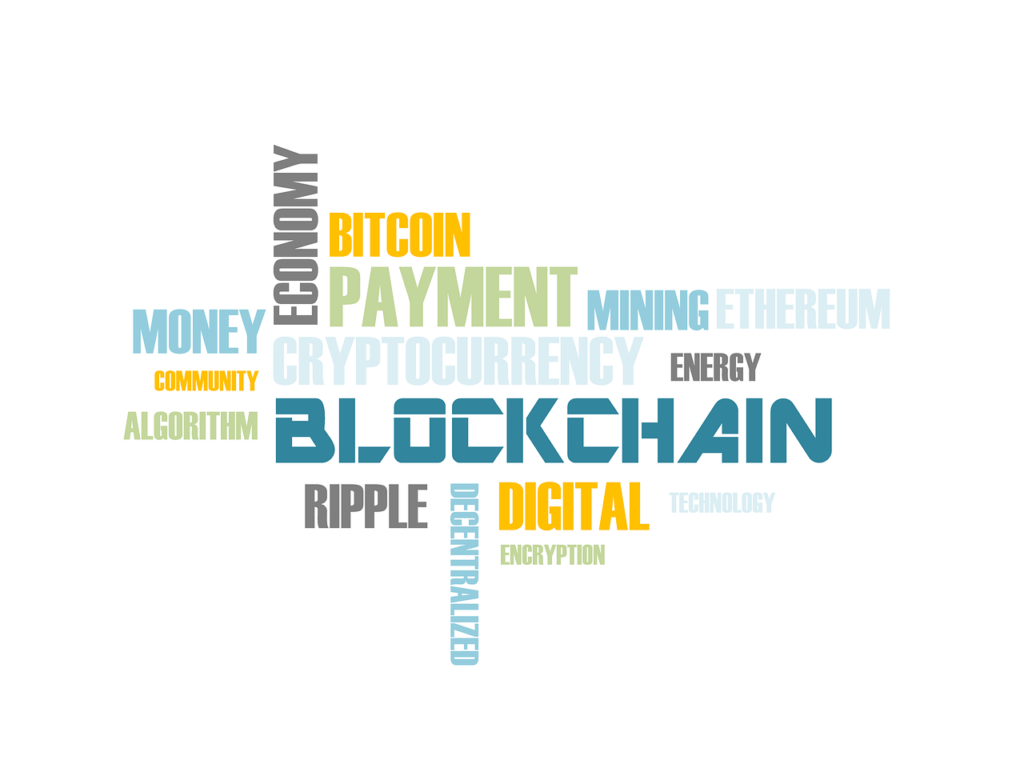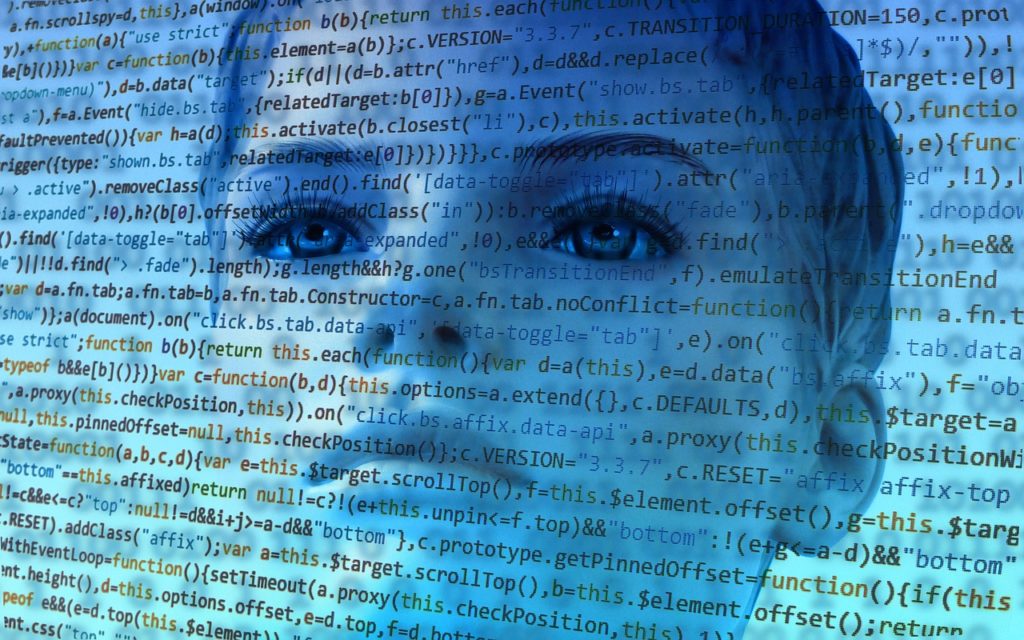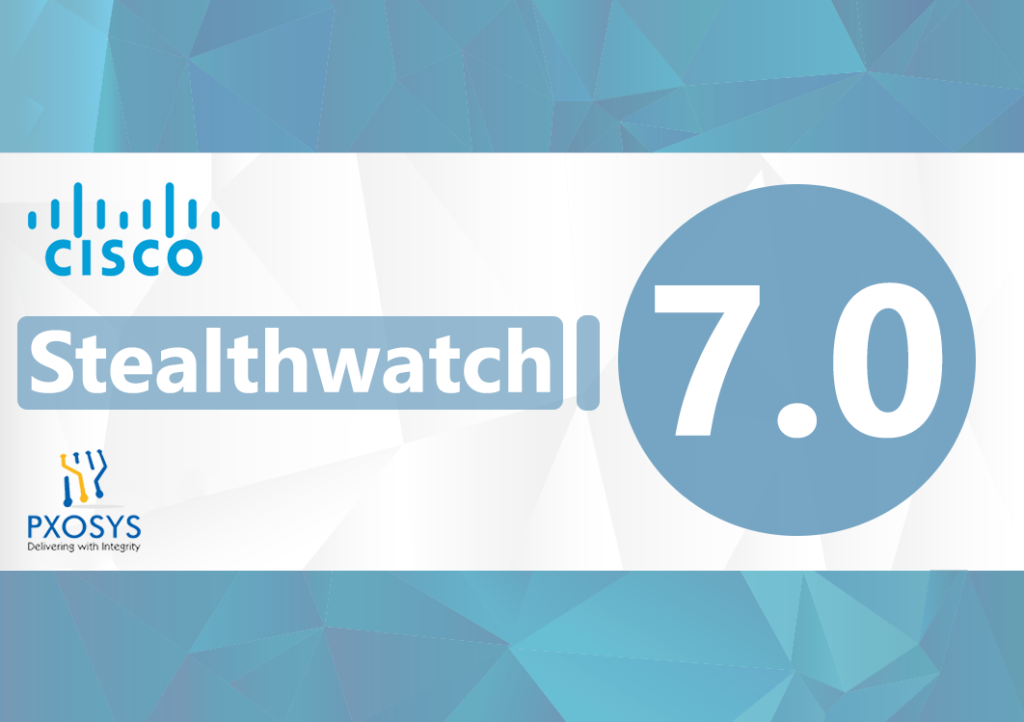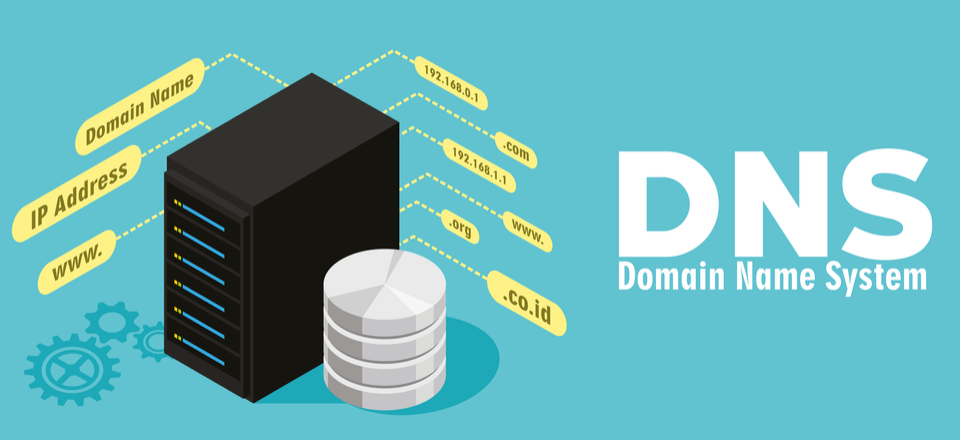Cybersecurity has been a hot topic in the last couple of years, with the high-profile WannaCry attacks taking the field of cybersecurity from niche discussion to mainstream news. All of a sudden, the failure of the UK’s National Health Service and other high profile targets to secure their machines meant that cybersecurity and Ransomware was on the tip of every tongue.
WannaCry spread to over 100 countries, causing a whopping $8 billion worth of damage. And while that might sound like a lot, it pales in comparison to the $53 billion that one report estimated that a global cyberattack could cost. Cybersecurity has gone from a niche industry to a matter of national security. Companies, organisations and even individuals no longer have a choice. They have to invest time and effort in cybersecurity.
With that in mind, we thought we’d take the time to share just a few of the top trends for cybersecurity in the coming months and years.
Artificial Intelligence/Machine Learning
Artificial intelligence (AI) and its sister technology machine learning (ML) are two of the biggest trends coming to every industry, and that’s because of the power that they have to dramatically revolutionise the way that we do things. Used correctly, these technologies give us the ability to analyse huge amounts of data and to arrive at conclusions that we might otherwise have missed.
A good example of Machine learning is what powers Netflix’s recommendations engine and it works by analysing usage patterns and then making bespoke recommendations based upon the data and its interpretation. Systems like these get more and more powerful as they increase the amount of data that they have access to, which means they only get better over time.
Security vendors are already using AI and ML to a certain extent, but there’s so much data that it makes things extremely complicated. On top of that, integration between different platforms can pose a problem, so while AI and ML is already being embraced by cybersecurity experts, it’s only going to become more and more powerful over time as the technology continues to develop.

Two-Factor Authentication
Two-factor authentication has always been a useful tool when it comes to cybersecurity, but it’s only going to become more and more important. This approach to authentication basically requires people to log in with two different devices. For example, if you set it up on a social networking site then when you enter your username and password on the site, it’ll also send an SMS message with a code to your smartphone to make sure that you really are who you say you are. It’s also possible to use technologies such Voice Recognition and Biometrics or combine all together.
Another great example is Google’s Advanced Protection Program, a new initiative from the company which is designed for people who are at high risk of attack. It involves the provision of a USB device which goes further than two-step verification by requiring a physical device to be present for your account to be accessed. It’s ideal for celebrities, journalists and others who are in the public eye.

Home Hub Security
As more and more people pick up home hub devices like Amazon Echo and Google Home, the security of these devices will continue to come under scrutiny. Only recently, Alexa came under fire because it recorded a couple’s private conversation and sent it to a contact without their permission. Amazon said that the glitch was caused by a rare string of misunderstandings when the device “misheard” what was actually being said, but it does raise questions about how to stop it from happening in the future.
Another complication is the fact that we’re giving home hubs more and more power over the way that we live. If the hub can control our locks and our lighting and even make purchases on our behalf, it becomes an attractive target to would-be hackers. Once something’s a target, it becomes even more important to make sure that it’s safe and secure, but home hubs are a relatively new entry into our society. The next few years will determine how we approach their security in the decades to come.
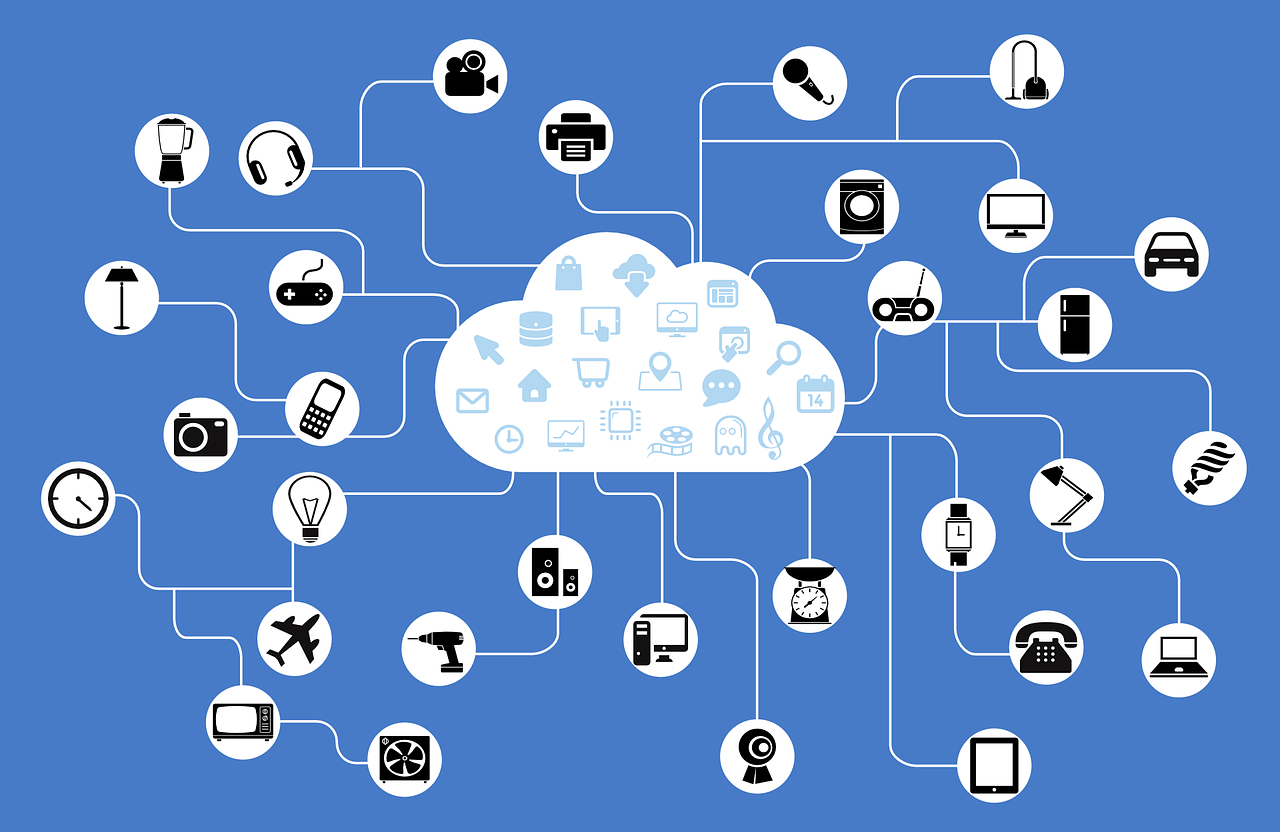
Conclusion
As you can probably tell from this article, the state of cybersecurity is ever-changing, with security researchers constantly trying to stay a step ahead of the bad actors. It’s unlikely that the battle will be decided one way or another in the near future though, which is why it’s vital to stay on top of the latest trends and to make sure that you’re working within best practices. That’s why we’re here to help you with posts like this, so be sure to check back often for the latest updates and to follow us on social media for more. Alternatively, get in touch to find out how we can help you!
If you liked this post then why not Click Here to read more of our Blog posts. Also why not follow us on Linkedin, Facebook, Twitter and YouTube!





